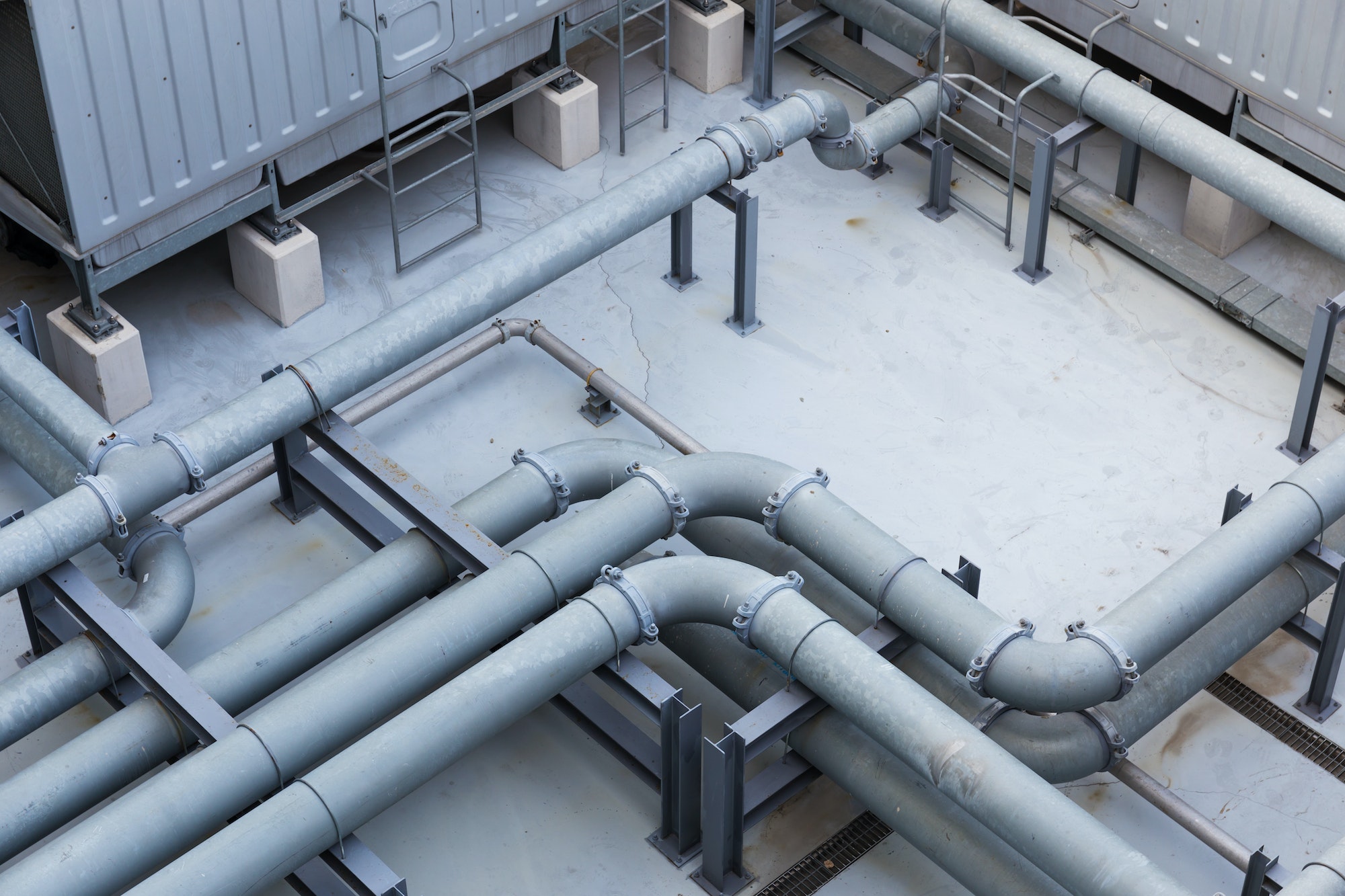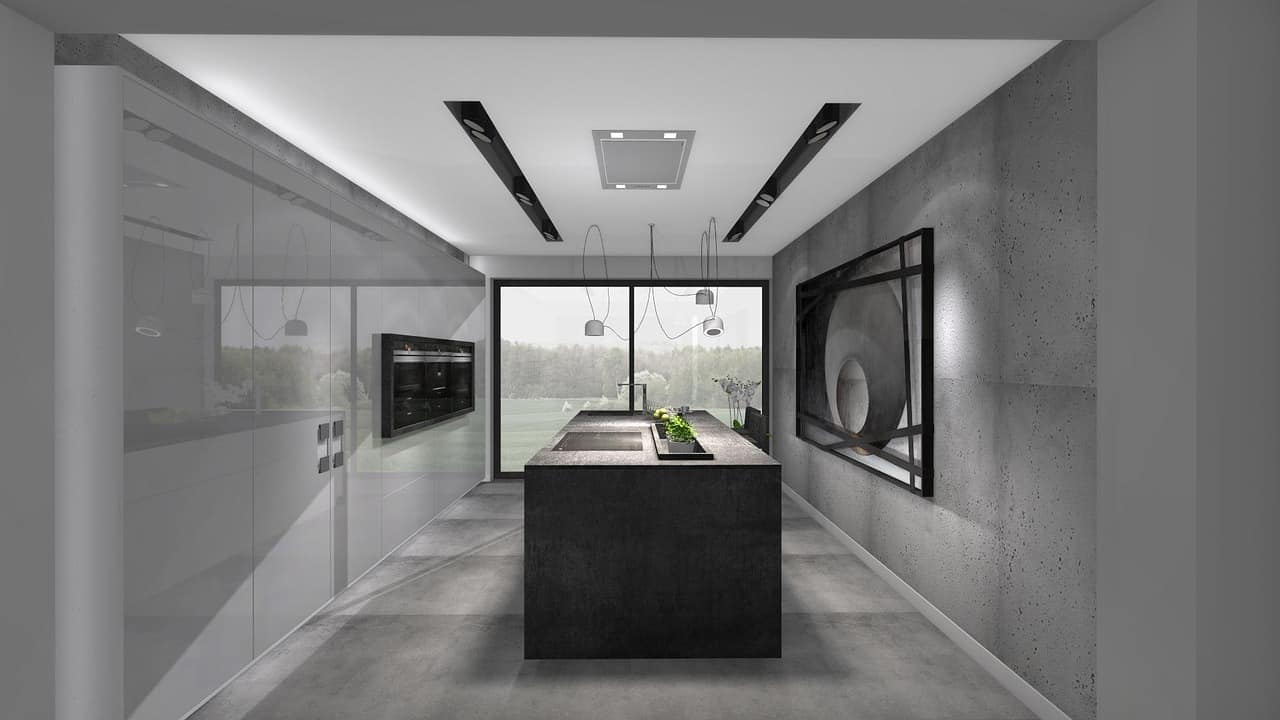Most builders have turned to RTRC (reinforced thermosetting resin conduit) in their construction work, but they often don’t understand why it’s being used over materials including PVC. In case you didn’t know, RTRC is a type of conduit created by winding fiberglass strands over a rotating mandrel, adding tension and resin to strengthen. The process allows builders to efficiently use the material during field cuts. If you want to understand fiberglass conduits further, continue reading below.
Environmentally Friendly
Traditional PVC conduits are renowned for releasing cadmium, organotins, and phthalates into the soil, which can be harmful to the environment. Over time, these types of conduits break down and release these harmful toxins into the atmosphere, which has a negative impact on children in particular.
Longer Lasting
Conduits are often run underground and need to last a considerable amount of time, which is why fiberglass has become the preferred choice. There are many different options for underground conduits, but your go-to is phenolic, which is a non-metallic material that’s resistant to flame and rust. Further, there are no toxins, which means it’s also better for the environment than traditional options.
Durable for Wiring
When electrical wires are exposed to the elements, they are susceptible to moisture and corrosion, which leads to fires and serious injuries. Further, harmful chemicals including saline can damage cables, which also leads to short circuits and fires. If you’re familiar with the National Electrical Code (NEC), you will understand the regulations surrounding electrical conduits and their protection under harsh conditions. By using fiberglass conduits, you’re safeguarding yourself against breaches of this regulation.
Fewer Transportation Costs
The cost of fuel has risen exponentially over the last couple of years, and they’re only set to increase further. Therefore, contractors are searching for ways to lower costs by any means necessary. A great way to do this is by converting to fiberglass conduits, which are significantly lighter than their metal and PVC counterparts. The lower weight of RTRC casings means that less fuel is used in transporting from A to B, which helps to protect monthly spending.
Lower Risk of Electrocution
According to Electrocuted.com, more than 300 builders in the US are killed by electrocutions each year, which can easily be avoided by making slight changes to practices. Switching over to fiberglass conduits is a great start in this because they don’t conduct electricity, making it safer for everyone involved.
Corrosion Resistance and UV Stable
Cables have been run underground to protect them from the elements for quite some time now. However, in the beginning, heavy materials including PVC were used and they didn’t offer the same stability as fiberglass conduits. Specifically, RTRC conduits are designed to be corrosion resistant and UV stable, which means they’re protected against damage from sun exposure.
Times have changed since the days of PVC and heavy metal conduits, which are harmful to the environment and health. Instead, fiberglass is used to protect the environment, prevent accidents, and reduce the cost of fuel.
Discover more from Futurist Architecture
Subscribe to get the latest posts sent to your email.



